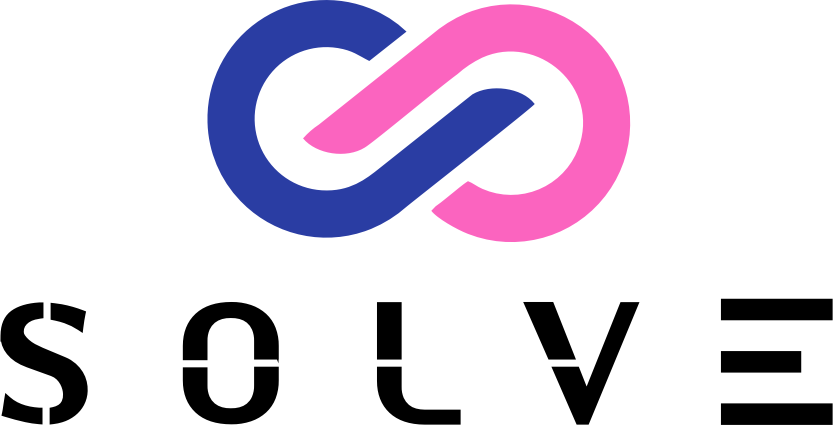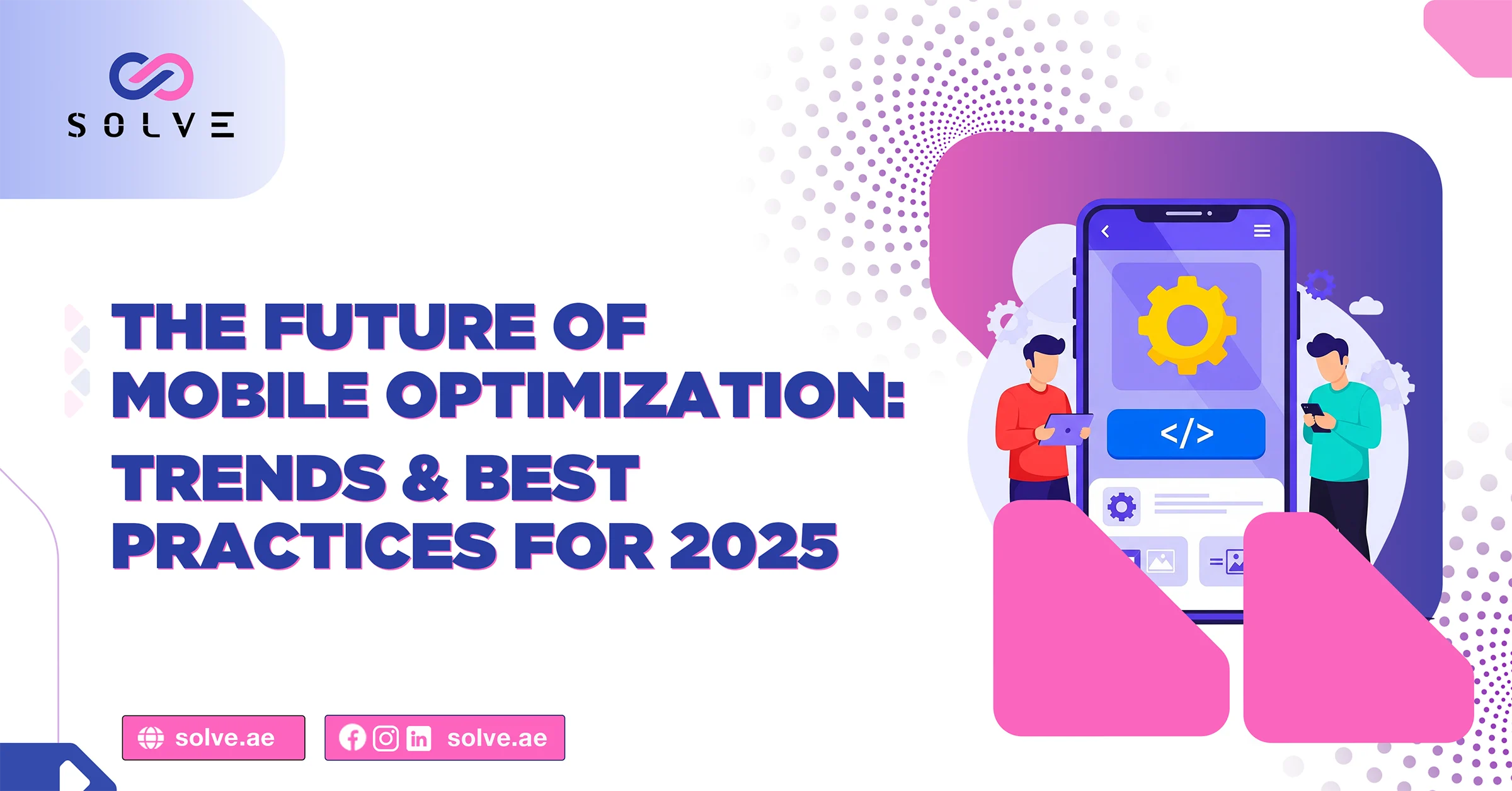- By Vanshika Choudhary
- May 22, 2025
The things that simultaneously create a success and an outlet for doing business online have now been thrown into the enhancement of mobile opportunities. An increasing number of people nowadays are treating their phones and tablets to grief-awful experiences with online browsing, shopping, and chatting. Thus, ahead means knowing where the trend stands and equipping itself to run in reactive site development, meaning fulfillment on any single gadget less than in 2025. Now, proceed to the paradigm of this continuously evolving mobile optimization, which directly affects your business.
Changing User Expectations in the Mobile World
Demand for Speed and Efficiency
Users want their web pages to load in less than three seconds. Any websites that are late to respond shall have most of their visitors leave, never to discover it again, thus bearing losses to engagement and revenues for the site. This involves speed optimization, such as compressing images, minifying scripts, and using browser cache, etc., to reduce the waiting time. A site that loads in the blink of an eye also fares well in search rankings, getting you more visibility and reach in return. Hence, by 2025, a site that is not fast will neither be worthy of discussions nor deservedly taken note of. It shall simply be considered slow!
Giving the User His Own Experience
Users of today expect websites to know their preferences and offer tailored content and recommendations. AI personalization watches browsing habits, purchase history, and behavior in real time to provide offers and information uniquely suited to the user. This sustains a great user experience, enhanced engagement, and loyalty, for users would likely return to a site that feels prepared for them. Today, personalization is at the forefront in this crowded mobile landscape.
Consistent Experience Across All Devices
Users tend to, off and on, switch between devices—starting a task on a smartphone and then finishing it somewhere a tablet, a laptop, or a desktop. A view nurtured while on the go of how things look and feel across all platforms returns that layer of trust and keeps users engaged. Knowing responsive and adaptive designs make your site stylishly functional from any screen size or orientation, 2025 will be so much about the seamless cross-device user experience, for it will be a user who retains multi-device-based journeys.
Mobile-First and Adaptive Design
The Responsive Design Principles
Responsive design incorporates flexible grids, images, and CSS media queries that allow your site’s layout to adjust to the device it is viewed on. Your content looks superb and functions well on any size of mobile, large tablet devices, or foldable ones. The user will always experience a top-notch viewing experience if fixed-width layouts are not used and fluid elements are used instead. Responsive design also helps in maintenance because you only maintain a single codebase for all devices.
Emerging Device-Adaptive Layouts
With foldable phones and multi-screen devices on the rise, adaptive layouts are gaining prominence. Adaptive layouts change not only according to screen size but also according to certain device capabilities and user context. Testing at many breakpoints is essential to maintain the functioning and attractiveness of the site on the latest hardware. Adopting this mindset will keep your brand up-to-date with new and future technologies.
Accessibility Comes First
An accessible design means a user can interact with your site despite any disabilities. For example, use alt text for images, high-contrast color schemes, and support for screen readers. Accessibility is not about compliance alone-it enlarges your audience and improves the overall usability. Conducting audits and updates on a regular basis maintains accessibility as devices and standards evolve and makes your site open to all users. Check out our latest blog post on The Role of Blockchain and AI in UAE Business Transformation
Performance Optimization: Speed, Battery Time, Duration of Broadcast
Load Time Optimization
The shorter the load time, the better the user’s attention is kept. Minify your codes, lazily load things, and compress assets so they load quickly, even on slower networks. Sites that load quicker have lower bounce rates and more proper stays for user explorations. Your sites ought to be checked for speed on a regular basis and improvements made to keep up competitively.
Battery and Network Efficiency
Mobile devices often operate on limited battery time and variable network connections. Thus, your site improvements must concentrate on cutting down background processes and unnecessary data transfers so that battery life is saved and performance flows smoothly. Coding efficiently by restricting heavy scripts and applying offline optimization will make your site reliable and user-friendly, especially when there are connectivity issues.
Image and Video Optimization
High-quality images and good videos, if unoptimized, can slow the performance of the site. Modern formats such as WebP should be adopted, and lazy loading should be employed for reasons of performance optimization where media content is involved. It makes sense to host the videos externally until the user downloads them in the resolution of highest preference to prevent excessive buffering plus data drain. Optimized media will beautify the site and diminish performance.
AI-Based Customization and Chatbot Assistance
Real-Time Personalization
Machine learning algorithms analyze user behavior in real-time to deliver personalized content, suggest products, and deploy promotions. This fluid This approach makes the platform engaging because the information is provided to users based on their interests and needs. Real-time personalization can persuade users to convert and retain them for the long term, while users feel valued by the brand in the process.
Conversational Chatbots
Chatbots provide immediate solutions to inquiries, guide users, answer their questions, and assist with transactions AI works tirelessly 24/7. Using natural language processing, it understands queries and responds accordingly, making the experience highly interactive and fulfilling. With the smartest bots capable of managing complex issues independently, human agents can then focus on resolving more advanced tasks.
Balancing Personalization and Privacy
Personalization is a key factor in enhancing user experience, yet it is essential to ensure transparency about data collection and usage. Clear privacy policies, along with user-inclusive controls, will foster trust while legally protecting users. Balance personalization with privacy to demonstrate respect for users and enhance brand reputation.
Augmented Reality and Virtual Reality Experiences
AR Product Visualization and Shopping
AR allows prospective buyers to visualize a product within their own context. Furniture makers use this technology to show how a particular sofa could fit in a living room. These engaging experiences empower customers to make confident purchasing decisions and significantly reduce returns, making AR highly effective for online selling.
VR for the Rich Experience
360° virtual tours of properties or immersive storytelling in a travel app offer immersive experiences through VR. Although VR is still evolving on mobile platforms, interacting with a brand in this way is truly enjoyable. Brands looking to enhance their offerings through lightweight VR applications are sure to succeed.
Making Lightweight AR/VR Efficient
Fast-loading AR and VR content is a must, running smoothly on every device. Compressing assets, fast rendering, and multi-platform testing guarantee that an experience is smooth. Lightweight AR/VR keeps the users entertained instead of eating into their device resources.
Voice User Interface and Voice Search Integration
Hands-Free Navigation
Voice commands allow your users to interact with your site or app without the need to touch the screen, thereby promoting a more accessible and convenient mobile user experience. This, in effect, comes in handy when your users might be engaged in multitasking or possessing limited mobility. Voice navigation is fast becoming a household name in many applications, promoting usability for all.
Voice Search Optimization
To make content amenable to voice search, one must attend to the use of natural language and exact answers to questions with whatever data is present. This allows the possibility of voice search results appearing and capturing more traffic coming from users who prefer talking to typing. Voice searches, especially, are common for local queries and quick retrievals of information.
Zero UI Experiences
Buttons and menus, as interfaces for human interaction, are being replaced by exciting futuristic voice and gesture controls uninterested in age-old metaphors. Zero UI focuses on making any given interaction as natural as possible, ironing out any differential friction seemingly caused by technology itself, therefore offering a delightful user experience.
Conclusion
Mobile optimization in 2025 is a complex and continually evolving landscape where speed, design, personalization, and security demand a dint from one’s attention. Contacting us by following the latest trends while employing best-practice standards will enable you to provide mobile experiences that satisfy the user and have monetizing potential.




